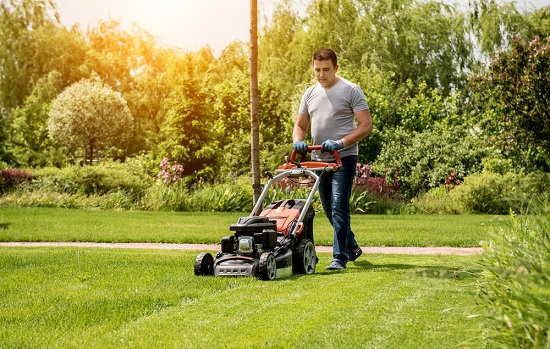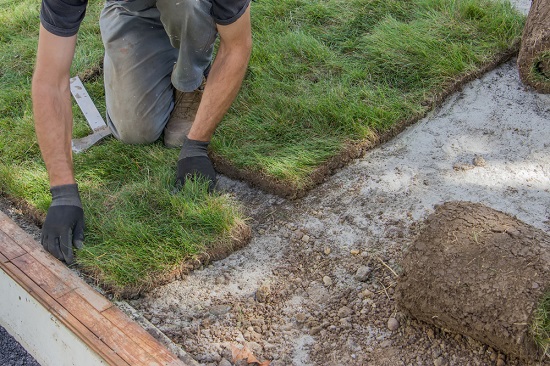
Just like people, your lawn has basic needs and requires proper care for it to be healthy. Proper lawn care is always necessary to keep your grass green and healthy all year round. Here are a couple of things that your lawn would want you to know:
You’re going to need help
Unless you’ve been taking care of your lawn for some time now, you will need some help. It would be best to enlist the services of companies that offer lawn care Conway. Why? It’s a lot more expensive to redo mistakes and it would take time for your lawn to heal and grow back in case you messed up. Having professionals take care of your lawn would save you time and money in the long run. Just remember to pick the best company out there or else you’d be facing an entirely different problem.
Don’t go wild on watering your lawn
There’s a perfect time to water your lawn and a time not to. If you like doing things like clockwork, you’d have to switch things up a bit. Regular watering will cause weeds to grow and shallow root systems. Due to constant watering, your grass won’t grow roots deep in the ground because they won’t feel the need to. Infrequent watering keeps your grass green the whole year round.
Avoid thick cuts
If you think your grass has grown too long, don’t cut too deep. Trimming your grass too short can cause more problems than you think. It’s good practice to never trim your grass shorter than 3 inches. Buzz cuts will stress out your grass, expose the soil and roots, and give way to weed growth. Also, when you mow your lawn, do make sure that your blades are always sharp. Mowing with a dull blade can cause ruts and problems in the future. Give your grass some time to grow before mowing again.
Fertilize the correct way
Like other plants in your lawn, grass also needs some TLC to grow properly throughout the year. This will include fertilizing your soil and in the right way. Improper lawn fertilization can turn your grass from green to brown before you know it. Select the right type of fertilizer and follow the instructions and labeled. There are different types of fertilizers and if you’re not too familiar, ask your local landscaping company or lawn care provider for more info.
Pay close attention to your lawn
You don’t want weeds and pests to get the best out of your lawn. That’s why it’s always important to keep track of all the plants in your lawn and that includes weeds as well. For instance, dandelion seeds can survive in the soil for more than five years. That’s why you occasionally see some in your lawn despite not having any neighboring areas where the seeds may have come from. If all else fails, you should get professional help. If you don’t have a lot of knowledge about tackling certain lawn problems, it would be better to seek assistance.
Want your lawn to look perfect all year long? Call Conway Lawn Care Services today.
Conway Lawn Care Service
Conway, SC 29526
843-353-2259
http://conwaylawncareservices.com/


